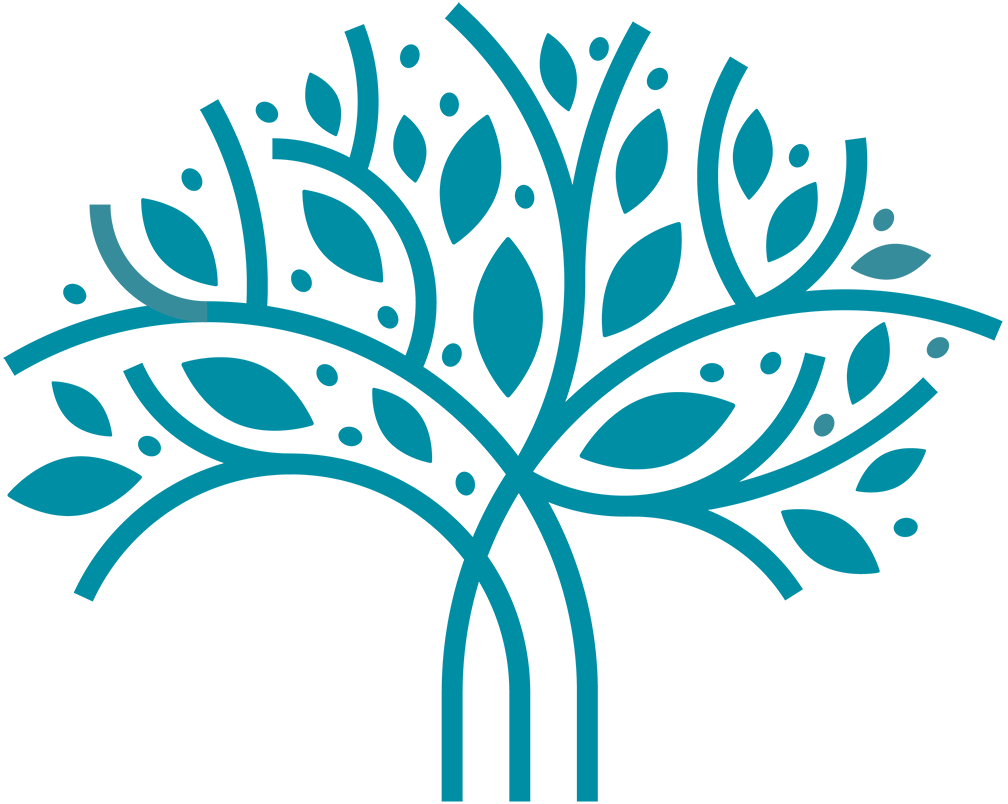By Majd Salfity
As we move into the early-spring season and start seeing chocolate eggs and pastel-colored shop windows, we know Easter must be on the way!
The Christian holiday known as Easter commemorates the resurrection of Christ, three days after his death. The New Testament tells the story of Easter, detailing how Jesus was crucified after being captured by Roman authorities for claiming to be the Son of God.
Easter falls on a Sunday between March 22 and April 25 in the Gregorian calendar. The date is calculated based upon the first Sunday following the Paschal full moon, which is the first full moon on or after March 21. This means that the holiday’s date varies from year to year, and this year it will be on April 9.
The Holy Week
Easter marks the end of the “Passion of Christ,” starting with Lent, a 40-day fast, and ending with the Holy Week. The Holy Week, which begins on Maundy Thursday and ends on Easter Sunday, includes the commemoration of Christ’s final supper on Holy Thursday and his crucifixion on Good Friday.
Each day of the Holy Week consists of different celebrations:
- Palm Sunday honors the entry of Christ into Jerusalem
- Holy Thursday is a day to remember the Last Supper and the rite of the washing of the feet
- Observing Christ’s crucifixion and death on Good Friday
- Easter Sunday is the celebration of Christ’s resurrection
How did the name “Easter” originate?
The English word “Easter” is said to have originated from Eostre, or Eostrae, the Anglo-Saxon goddess of spring and fertility, according to St. Bede the Venerable, the author of Historia ecclesiastica gentis Anglorum (“Ecclesiastical History of the English People”) in the sixth century. Some historians believe the word “Easter” to be originated from the Latin phrase in albis, the plural form of alba, or “dawn,” which became eostarum in Old High German, a forerunner of modern English.
Despite Easter’s significance as a Christian holiday, many of the traditions and symbols that are central to the holyday actually have their origins in pagan celebrations, particularly those associated with the pagan goddess Eostre and the Jewish holiday of Passover.
Orthodox Easter
Orthodox Easter is usually celebrated later than that celebrated by Protestants and Roman Catholics because Eastern Orthodox churches use a slightly different calculation based on the Julian calendar rather than the Gregorian calendar (which is 13 days ahead of the former). Also, it is against Orthodox tradition to celebrate Easter before or along with Passover.
The Christian traditions
The colorful, decorated Easter eggs represent new life and rebirth. In the early Mesopotamian Christian communities Eggs were dyed red to symbolize the blood poured during Christ’s crucifixion. The eggs also represent Jesus’s empty tomb.
The Easter Bunny history does not have a Christian foundation. It’s unclear where the anthropomorphic rabbit first appeared. But the rabbits have long been thought of as a symbol of rebirth.
As well as being a religious festival, Easter is now a commercial occasion as well. Greeting cards, candies (including Peeps, chocolate eggs, and chocolate Easter bunnies), and other presents all see significant sales during this time.
How is Easter celebrated in Palestine?
On the Saturday before Easter, Palestinians often visit the Church of the Holy Sepulcher for the ceremony of Holy Fire. Christians from all around the world gather in large numbers to see the lights allegedly lit by the miracle of Christ’s resurrection. The light is changed and brought into churches all around the nation, where it is frequently welcomed by scout troops playing drums and playing pipes. Easter officially begins when the drums and marching bands start playing.
Most Palestinians will attend church services and pray in observance. For years, local Palestinian Christians of different faiths have attended the ceremony, which has always been a significant local event. However, a lot of Palestinians lack permits and are frequently barred from celebrating these customary Christian holidays because of the separation wall, roadblocks, and Israeli checkpoints.
Culinary traditions
We can’t forget about the delicious sweets plates full of kaek and mamoul that are often exchanged among neighbors and friends, each taking pride in their family recipe, the texture and presentation of their cookies.
For Christian families the kaek and mamoul cookies are formed into different shapes, each symbolic of Christ’s suffering. It’s said that the round ones stuffed with dates resemble the crown of thorns placed on Jesus’s head, to be remember his sacrifice and crucifixion. The dome-like ones stuffed with walnuts and cinnamon symbolize the stones that were thrown at Jesus. And the oblong cookies stuffed with an aromatic pistachio paste represent the tomb where Christ’s body was buried after his crucifixion.
Team Labiba wishes you a season filled with peace, joy, and beautiful weather. Happy Easter to those who celebrate it!




